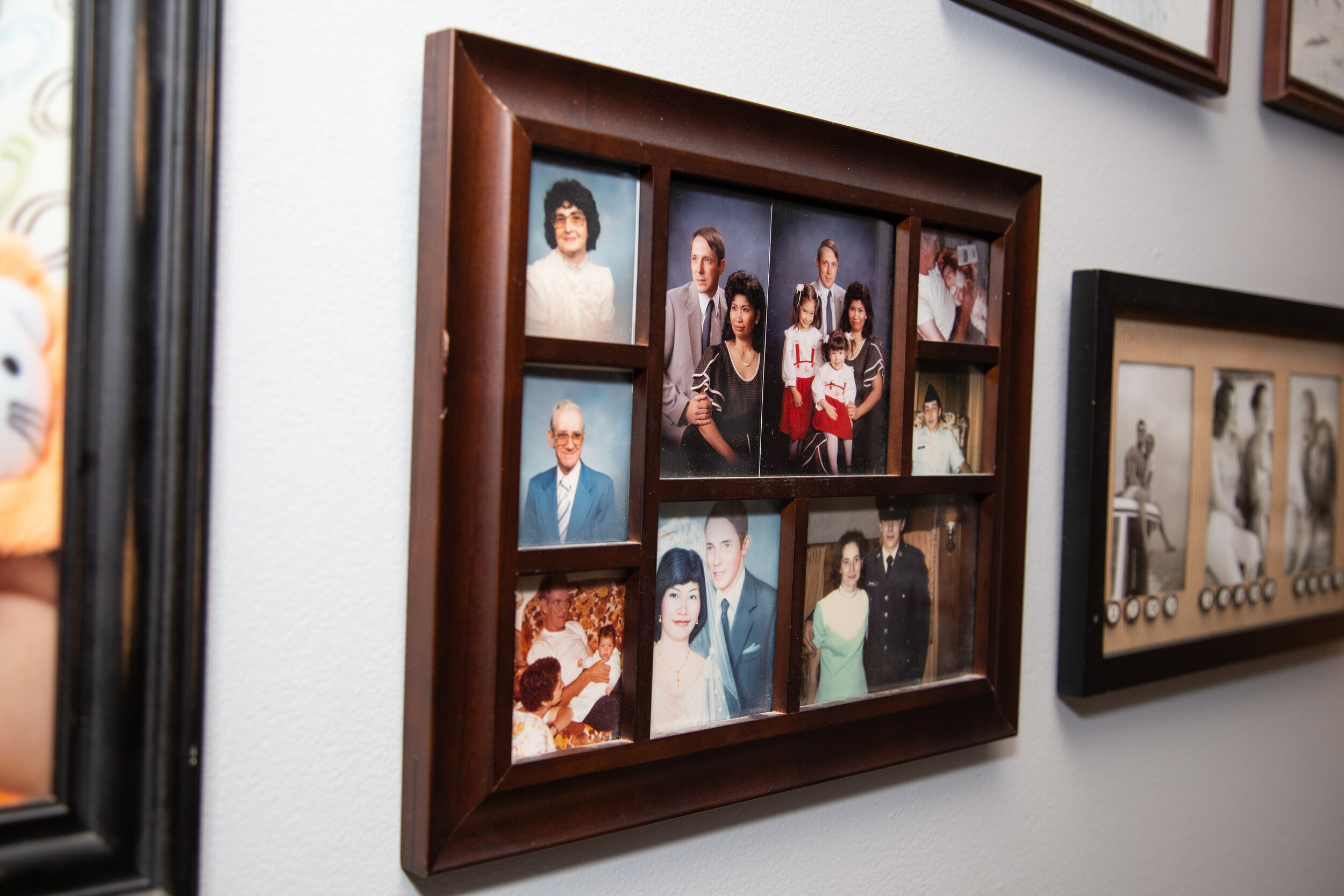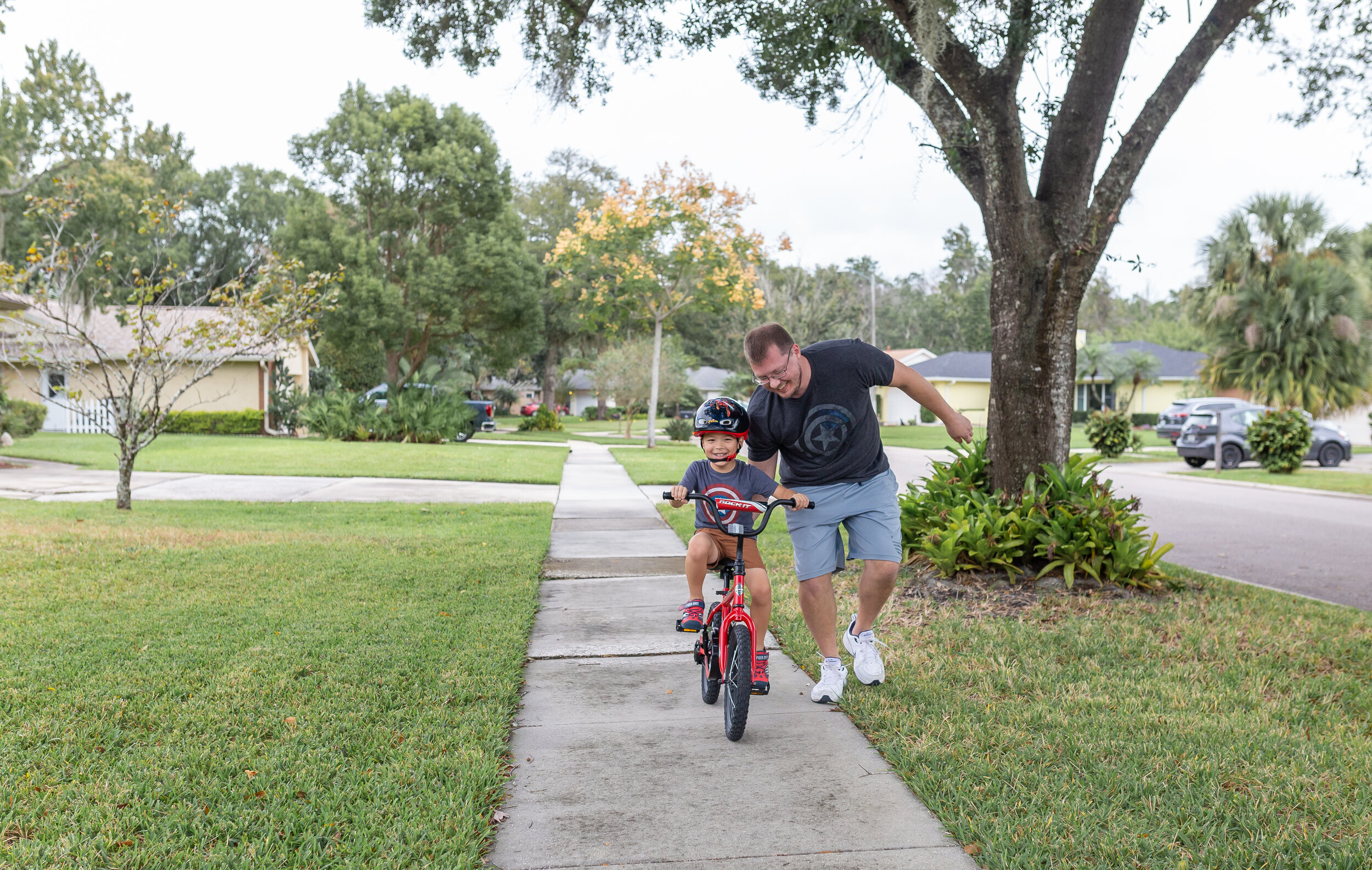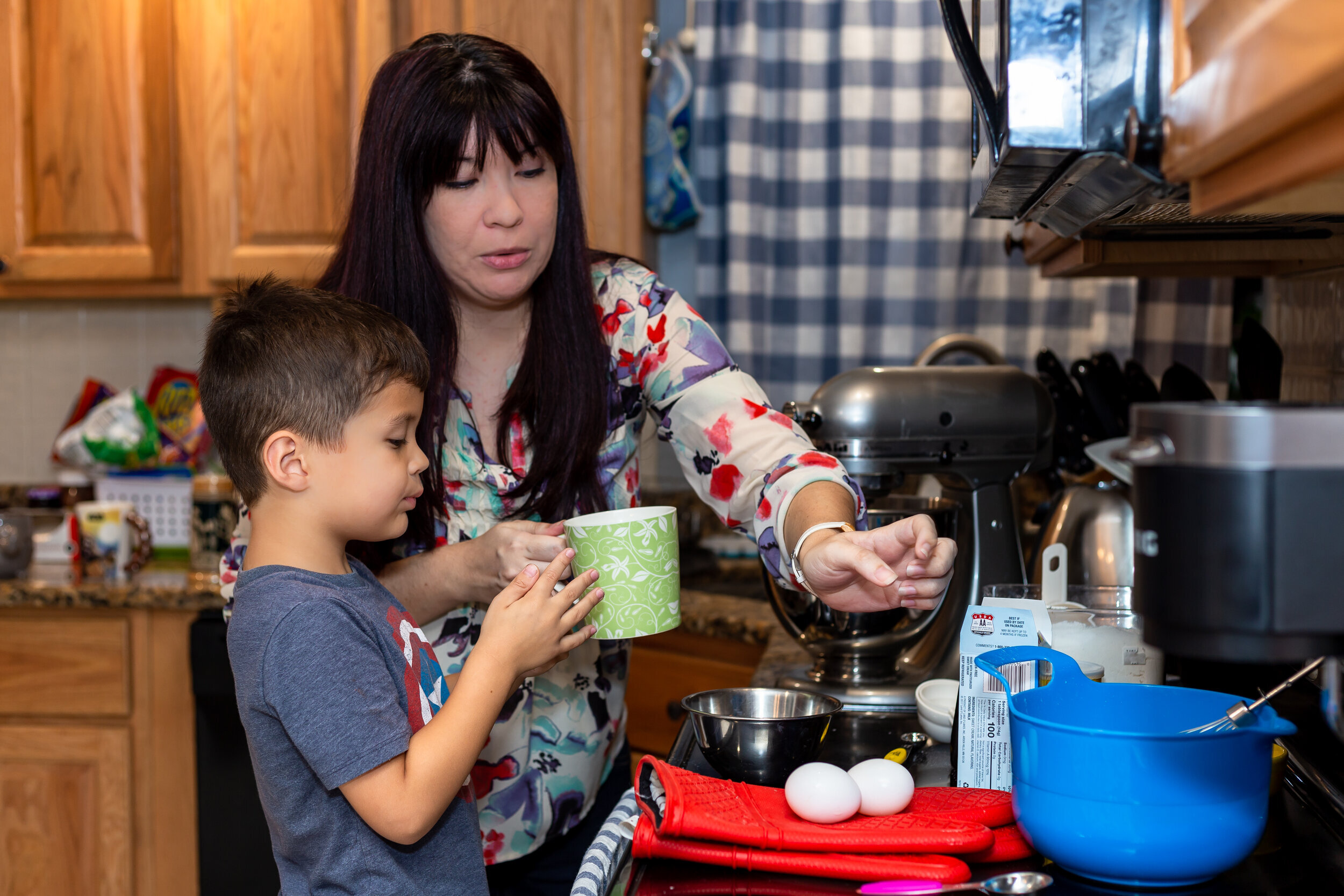Thanksgiving: an Interview with Elizabeth Cronlund
I was eager to hear more from Liz Cronlund about how her family honors an Indigenous perspective in their home around Thanksgiving. As my own kids grow older, I’ve felt an increasing desire to approach holidays with intentionality and to instill meaningful values. But going into my interview with Liz, I felt a twinge of anxiety. Growth is wonderful, but it can be uncomfortable. Would we be throwing all our familiar traditions out the window? Spoiler: not the case.
It turns out that Liz’s family’s Thanksgiving looks very similar to my own. It’s a blend of their cultural backgrounds and a celebration of values reflected in Native American cultures that align with the heart of God. We’ve already started making some changes in anticipation of the holiday, and I’m so excited to share her insights with you...
So, Liz, what has Thanksgiving looked like for you, both when you were growing up, and now as an adult?
I was born in the US, but my dad passed away when I was a toddler and so my mom moved us back to the Philippines, where she’s from. We had a Thanksgiving meal every year, but it was very Filipino, and honestly, it didn’t stand out from all the other church festivals and feast days we celebrated. We’d have our table set with lumpia, pancit, and all the Filipino foods, and then a turkey in the middle as a nod to our American culture.
When I was in middle school and we came back to the States, I had such a strong desire to fit in, which my mom understood. So our family switched over to a much more American-style Thanksgiving around that time. In college, as I got more involved with Asian American leadership groups, I started to feel more comfortable with being different, so we landed on a more culturally blended Thanksgiving. Now, whether it’s with my Filipino American family or my husband's Midwestern family, the cultures that make us who we are make it to the table.

What does Thanksgiving mean to your son, Connor?
For Connor, who is five, a holiday means there’s going to be lots of food and he’ll see people he loves. But we also try to explain why we celebrate and what the holiday means for us, beyond just everyone getting together. Connor is familiar with the standard “pilgrims and Indians” story, and I want him to learn the history in a developmentally appropriate way. The reality is that the pilgrims were struggling, and they would have starved without help. That’s hard for a child to hear. So instead, we’ve started with talking about values.
For us, Thanksgiving is all about interdependence, knowing that we can’t do life alone. We need our family and our extended community. It’s also about stewardship. The only reason we’re able to share and have this big bounty is because God has allowed us to have this blessing. We can celebrate, have a feast, enjoy God’s blessings, and share God’s abundance with others.
Both of those values are reflected in the Thanksgiving story. The Pilgrims had one way of doing life in a place far away. When they came here, they didn’t know the land, but they met folks who were from here, who did know the land, and were willing to help them. That difference could have been scary, but because those people were different, they had something to share, something the pilgrims couldn’t have figured out on their own. It shows us that difference can be the best thing we can bring one another.

You’ve been really intentional about teaching the story of Thanksgiving from multiple perspectives. Can you share a little about that?
In college, I started being in community with people who had Indigenous heritage, and that was a shift for me, becoming not just aware of their perspective, but actually caring about it. I felt convicted about just how much hurt and harm was done to these people. Until I started to connect the cost, the impact, it didn’t really sink in. History can feel very abstract until you bring people into it. What I’ve learned about indigenous history and culture created feelings of disquiet and discontent, especially around Thanksgiving. I know how hurtful it is when your culture or ethnicity becomes a joke or a costume… I don’t want Connor to ever think that’s okay.
Growing up Filipino, I’ve gained a distinct perspective of colonization. I understand how some of the most violent and dark realities about colonization never make it to our history books, and that’s true for a lot of Indigenous people. There are things about Filipino history that I realized far later than I should have. What is taught doesn’t alway cover the whole truth or actual experiences. Not every side of a story gets told. I want Connor to understand the importance of hearing the whole story and be honoring and curious about the perspectives of others. Because his story and voice matter, too.

Can you tell us a little about the work you’ve been doing at Connor’s school around Thanksgiving?
Every year, his school has a traditional Thanksgiving day pageant. When he was a baby, they dressed him up as a turkey, which was adorable. And honestly, as a working mom and a first-time parent, I wasn’t paying attention to the rest of it. The second year, he was a turkey again but I realized that the following year his class would be dressed as Indians. I felt so conflicted. It’s a good school with amazing teachers, and I didn’t want to exclude Connor from something that the kids all really enjoy. But I was so uncomfortable... So in mid-September I went and talked to the director.
I explained my discomfort with Connor wearing an Indian costume and asked if he could just be a turkey again. She asked me to tell her about why I felt that way. So I was honest. I asked if she’d be open to adding indigenous voice to what the school taught. I offered to help since I have access to resources through ministry connections and could share from what I’d learned over the years. I wanted to partner with them, not just drop extra work on them.
That year, Connor was a turkey again. But the teachers added a book by indigenous authors, and talked about the Native American value of stewardship. The following summer, we revisited the topic. I started sending curriculum to them that I had researched and had been vetted by teachers who were incorporating an indigenous-honoring perspective. And the teachers at his school were really excited to make changes for this fall.

What would you say to families who are interested in bringing indigenous voices into their own Thanksgiving celebrations? What first steps would you recommend?
I’d start by focusing on values, especially the ones that align with what we believe as followers of Jesus, like caring for the land, and caring for each other. The ideas of stewardship, hospitality, and interdependence can be found all through Scripture.
For example, environmental stewardship goes all the way back to Eden. It’s one of the first things God taught his people, even before the Fall. Caring for creation is a core Native American value. God put that value in all different cultures, just like he puts aspects of his character into the hearts of people. They may not have known the name of Jesus, but God was already here and at work. Helping your kid see that can be very faith-building, and I think it’s important for us as parents too. You’ll never go anywhere God hasn’t gone before you. If you’re willing to look at differences– different cultures, different celebrations–you’ll see God in new ways and learn how much bigger God is than we understand him to be.
As we learn more about Native American people’s history and their contributions, the clearer it becomes that it’s not just history. There are people today who are part of the sovereign Indian nations who celebrate traditions that are alive and well. Their side of the story matters, and they have a perspective to share. We can incorporate what we learn from them into our lives, not in a touristy, sampler-platter sense, but in a meaningful way. For instance, we live on Seminole land (or, depending where in Central Florida you are, it might be Ais or Timucuan land). From historical trail markers at our state parks, to the history center, to local chapters of the Seminole Tribe, there are local ways to learn more. There are books you can read by Native American authors. And there are indigenous plants and foods, like squashes and microgreens, that you can incorporate into your Thanksgiving meal.

Thank you so much for sharing your heart on this topic with us, Liz!
Of course! This is something that has been stirring in me for the last two decades. Sometimes the things you care about become more than just an idea, they become part of who you are. Whether or not Connor’s school did anything about it, adding decolonized, indigenous perspectives was always going to be part of the Thanksgiving conversation in our family. I do believe that small changes in our homes, especially when our children are young, can open them up to a new way of thinking. We don’t have to do things the way we’ve always done them, and Thanksgiving can be more than a commercial holiday. It can be a meaningful celebration of community, interdependence, kindness, sharing, stewardship, cultural differences, and so much more.

Elizabeth Cronlund has been a part of the Summit Church staff team since 2009. She and her husband, Luke, and their son, Connor love watching superhero movies, exploring, and baking together. Their family is looking forward to the arrival of a baby brother in March! In addition to her role as the Community Development Coordinator at Summit, Elizabeth is a Certified Non-Profit Professional, and is pursuing a Master's Degree in Christian Community Development at Northern Seminary. You can reach out to her at: ecronlund@summitconnect.org.

